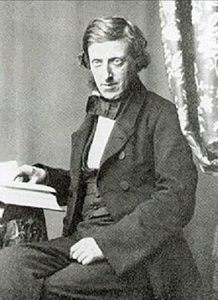
Geniuses of photographic progression
#history
In 1851, the Englishman Scott Archer replaced albumin with collodion, whose base is cotton powder. The black and white images obtained by this procedure achieved a quality never obtained again. With the drawback, that the shooting had to take place while the plate was still wet and that the development had to take place immediately afterwards.
In 1871, another Briton, Richard Meaddox, remedied this problem by replacing Collodion with gelatin, a procedure perfected by Charles Bennet, who demonstrated that gelatinized plates acquired great sensitivity when kept for several days at 32°C. Not only could gelatine-bromide plates be stored before use, but their sensitivity was such that exposure did not exceed a fraction of a second.
For this reason, shortly before 1880, the history of the shutter began, because the high sensitivity of the plates required the conception of mechanisms capable of letting light into the camera for only a hundredth and even a thousandth of a second. The intensity of the light had to be evaluated precisely and thus the photometer became a real measuring instrument.
- Comments (0)
- Recommended
- Milestones
Here are your recommended items...
Here are your milestones...









